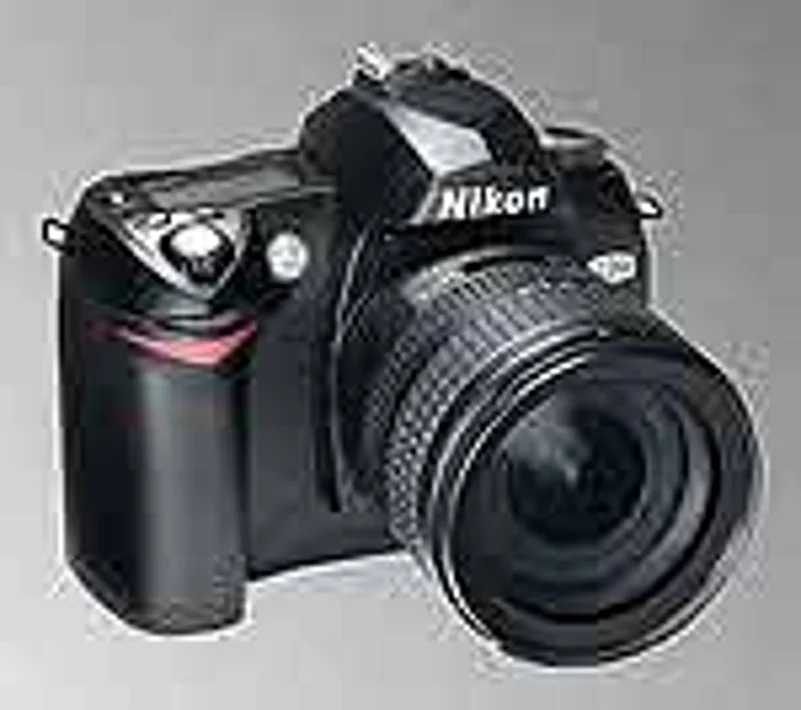
The Digicam: The biggest explosion of cutting-edge tech going mass in India 2005 will be with the digital camera, in a three-pronged attack. One, the entry point: the mobile phone. Most midrange to high end mobile phones will integrate a digital camera, triggering many more MMS scandals and privacy intrusions. Two, the Rs 10-20k-level cameras, which are close enough in price to film cameras for most households to aspire for one, especially as they get home PCs and email. And finally, the king of the pack, the digital SLR, typified most by the Nikon D70. The big shift in 2005: pro lensmen (from journos to wedding shooters) will switch to digital SLRs in a big way. All this is backed by the phenomenon of streetcorner photo-shops that give you "prints from digital", in every small town.
What I have at home: a Nikon D70, apart from a mix of other digicams.
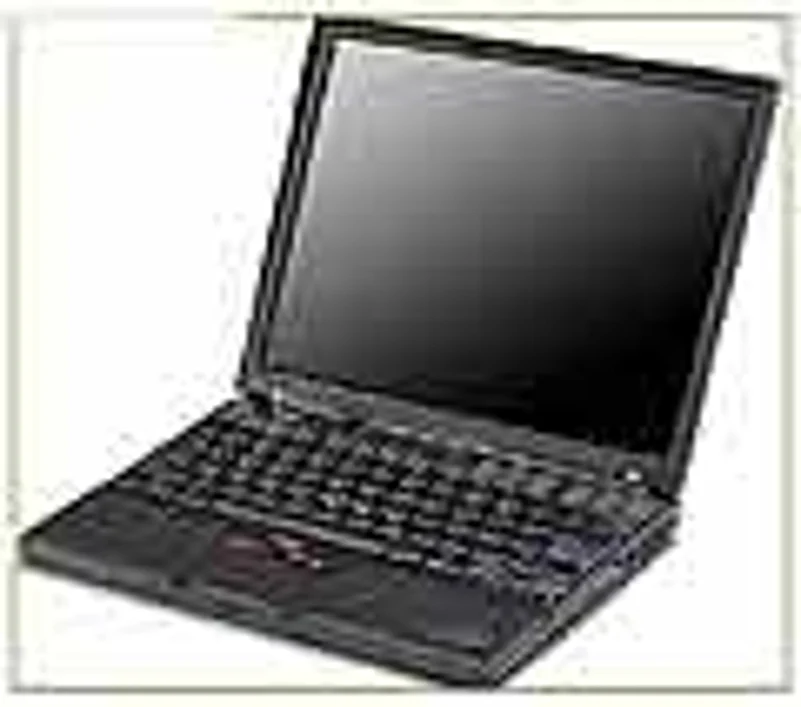
The Laptop: Ten years in the making, this super-niche will emerge in 2005 as a consumer phenomenon. With branded notebooks fall into the sub-50k priceband, they're a serious shortlist item for home and small office purchases. Especially with wireless hotspots in airports, coffee shops and hotels inching in, the visibility of the laptop will spur more buying than advertising can. Candidates: students, especially in upmarket business schools and institutions, insurance salesmen, other salesmen and middle management even spending from their own pockets, and small businessmen who need to make presentations of any kind. Sort of related: The flat-panel TFT color display will make a stronger entry in retail and even the home.
What I have at home: two IBM X31 subnotebooks, apart from a Dell desktop with a TFT display
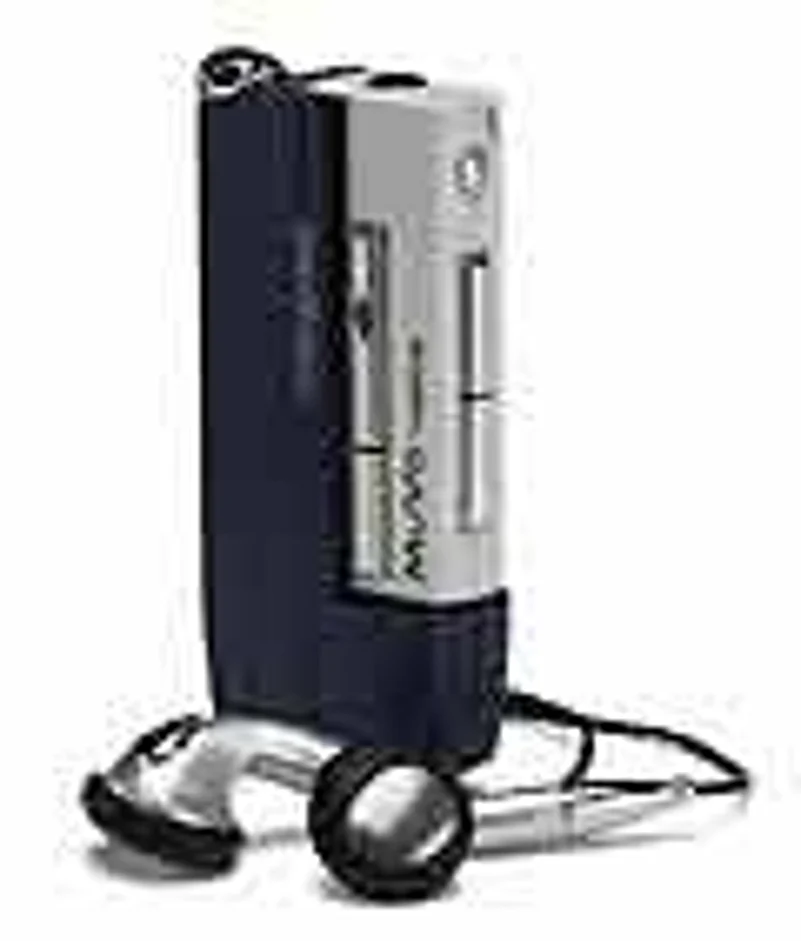
Personal Storage: The memory stick, or pen-drive, is changing a lot of rules. It lets you carry your files, and even your working environment, with you from home to office, or as you travel. 2005 will see an explosion of these among non PC owners. For instance, cybercafé users who keep their files with them, or office workers who carry personal documents (and their resumes!) on a memory stick. They'll be 128 MB upward at the Rs 1k a little further into the new year, going up into GBs. Serous techies will carry a larger range of storage: SD and CF cards for their cameras, MP3 players that also store files, keychains and Swiss knives with USB/memory keys, etc
What I have at home: a range of memory sticks from 32 to 512 MB, CF cards from 256 MB to 1 GB, a Creative Muvo Slim credit-card-size MP3 player, etc
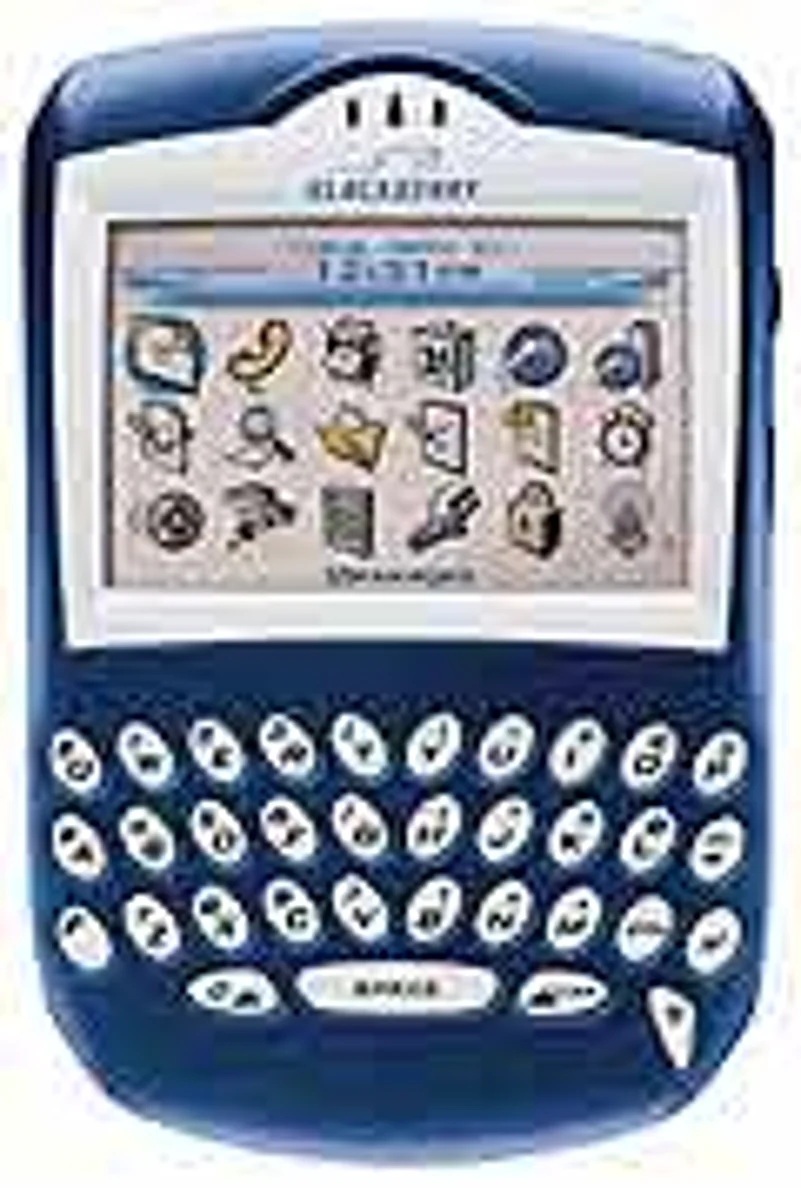
The Blackberry: This erstwhile pager is the only one in this category that will be more aspirational than a mass phenomenon. The reasons for include silly initial pricing (Rs 18-30k, and about 2k p.m.) by the only provider so far, Airtel, and the lack of experience with the Blackberry genre-mobile, personal devices that 'push' your email to you wherever you are. But they're addictive-or intrusive, whichever way you look at it. Get an email, and it instantly pops up, wherever you are in the world, eliminating the constant hunt for connectivity, and, often the need to carry a laptop.
What I use: laptops with all kinds of connectivity, and a Palm with my mobile phone. Maybe I'll get a Blackberry in 2005

Digital Videocam: Better known as the Handycam (though that's a Sony brand), these subcompact video cameras have gone digital-using MiniDV, or even DVD-RAM-with top-notch zoom lenses and imaging sensors. So you get near-pro quality at less than the cost of a high-end digital still camera. You also get one-megapixel or higher digital stills in the same package, apart from basic editing, fades, dissolves, etc. Possibly the next gadget for the highest number of households in India.
What I use: video stills on a various digital cameras.Next year: a Handycam!
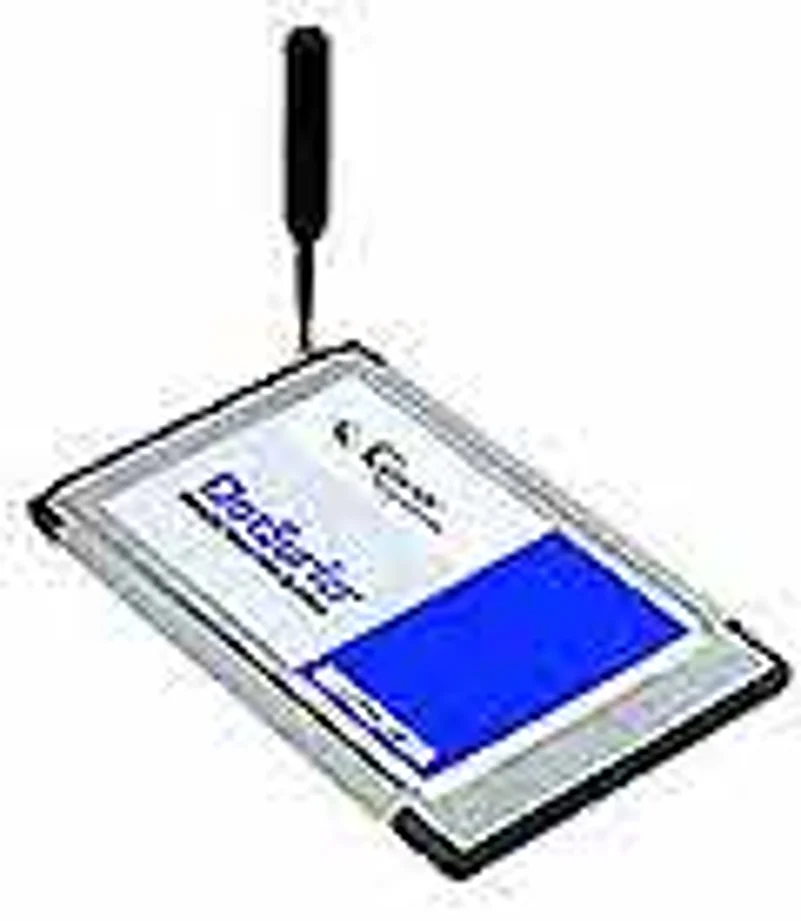
The Wireless Card: It slips into your laptop, and lets you connect wherever you are, without needing a mobile phone. Options today are limited: basically the 'GTRAN' CDMA card I use from Reliance (Rs 14k), and the Nokia D211 card which works on both GPRS/GSM networks and on Wi-Fi networks. Either requires a dedicated phone connection (Rs 500 to 1k a month). While you can do the same thing with a Reliance phone and cable, you can't beat a PC card that never runs out of battery and never needs cables that get spoilt or lost. Coming up in 2005: other options, including a Sierra card from Reliance, and others.
What I use: Reliance GTRAN card
WI-FI & DSL: This is the way to go for homes or small offices with more than one PC or laptop, or simply a home with even a single laptop. You have to try seamless, broadband wireless all over the house, to know the difference it can make. All you need is cheap DSL on your home phone line, and a sub-Rs-8k Wi-Fi router. Many modern laptops have built-in wireless; older ones need a card (Rs 2k). Desktop PCs can be connected by network cable. For a small office, this is an unbeatable way to set up a network. Shift or grow, and there's no cables to disrupt. Wi-Fi isn't new, but with recent de-licensing, and hot-sots coming up, 2005 will see spiraling use in India.What I use: Airtel (995 pm) broadband plus D-Link ADSL Router (Rs 8k)
AndAlso...
GPS: Ten years old, but new entrant into India, mainly because the digitized maps weren't around. Don't lose your way again: a satellite signal will tell your personal GPS receiver (in car, on your belt, or on your wrist) exactly where you are, which turn to take, and where the next restaurant is.
IPOD: Apple's iconic MP3 player has set the design benchmark not just for other devices but even for the current Mac desktops. Expensive, but still among the most desirable gadgets in the world.
Smartphone: That's about half the models of 2005: phones that combine PDA functionality (and of course, a camera) and have seven different connectivity options. Such as Nokia's latest Communicator, which has GSM, GPRS, Edge, Wi-Fi, Bluetooth, infra-red and cable.
Smart Home: Gadgets that smarten up the house, with automatic and personalized ambient lighting, aircon, music, based on fingerprint profiles. All in the market and in Mumbai celebs' homes today, but expect to see them in other homes in 2005.
Healthcheck: A range of cheap digital devices from thermometers to glucometers to blood pressure meters. Already in the market, these will enter doctors' clinics, and homes en masse in '05.
Ultamini Computers: A little bigger than PDAs, but they run Windows XP. Cool tech, but neither here nor there, so definitely geek domain.
Prasanto K Roy is president and chief editor at CyberMedia Publications














